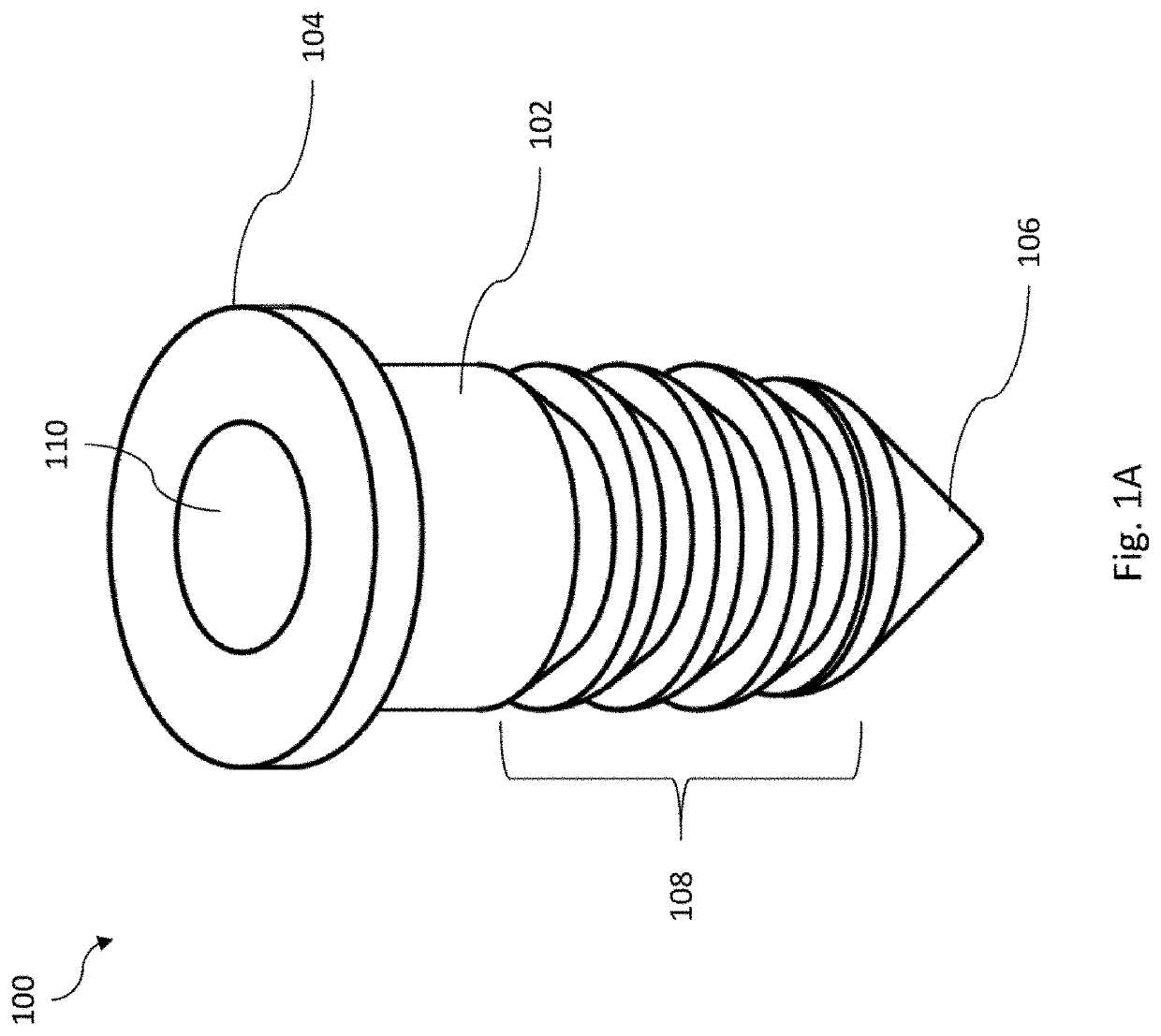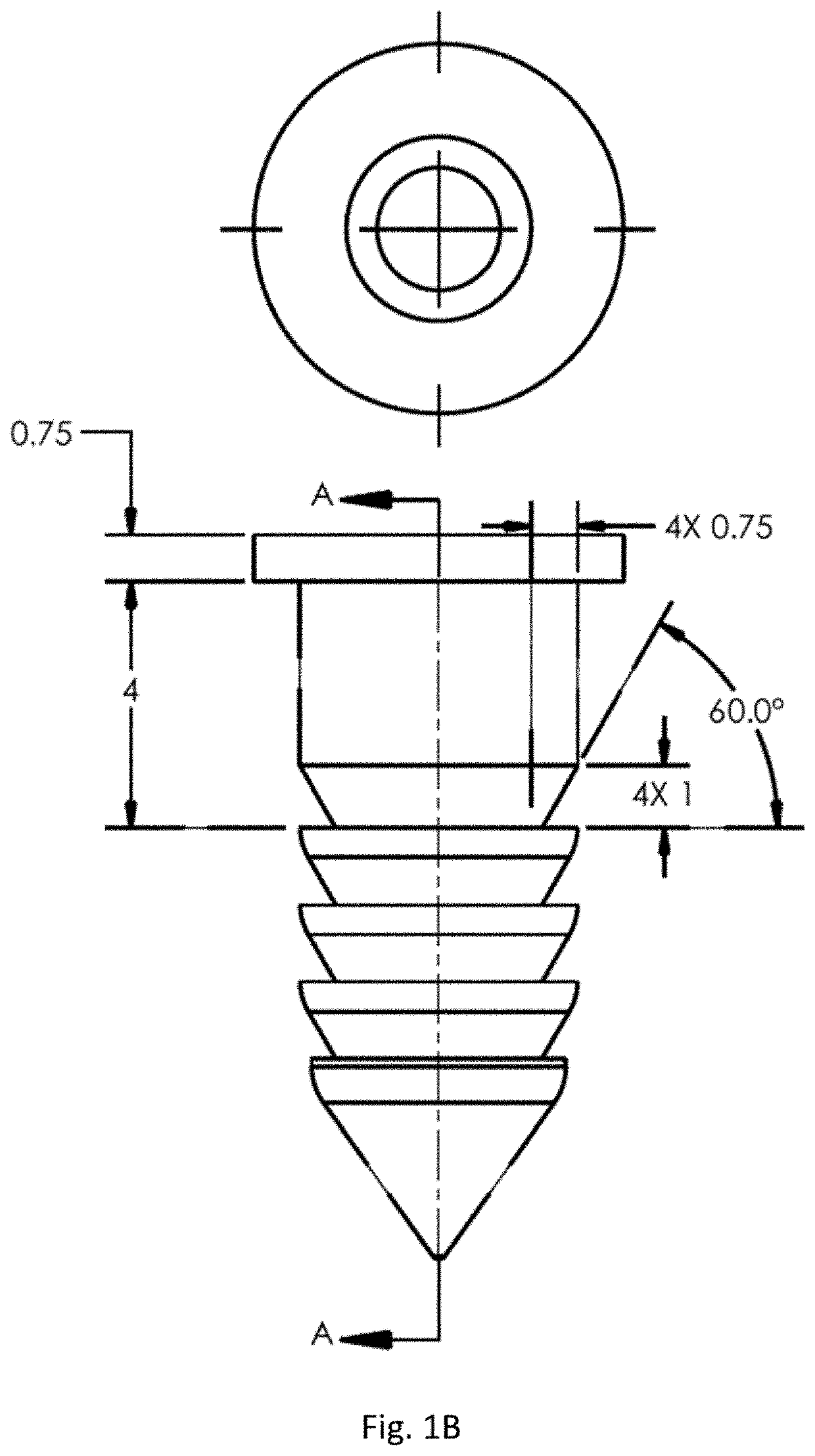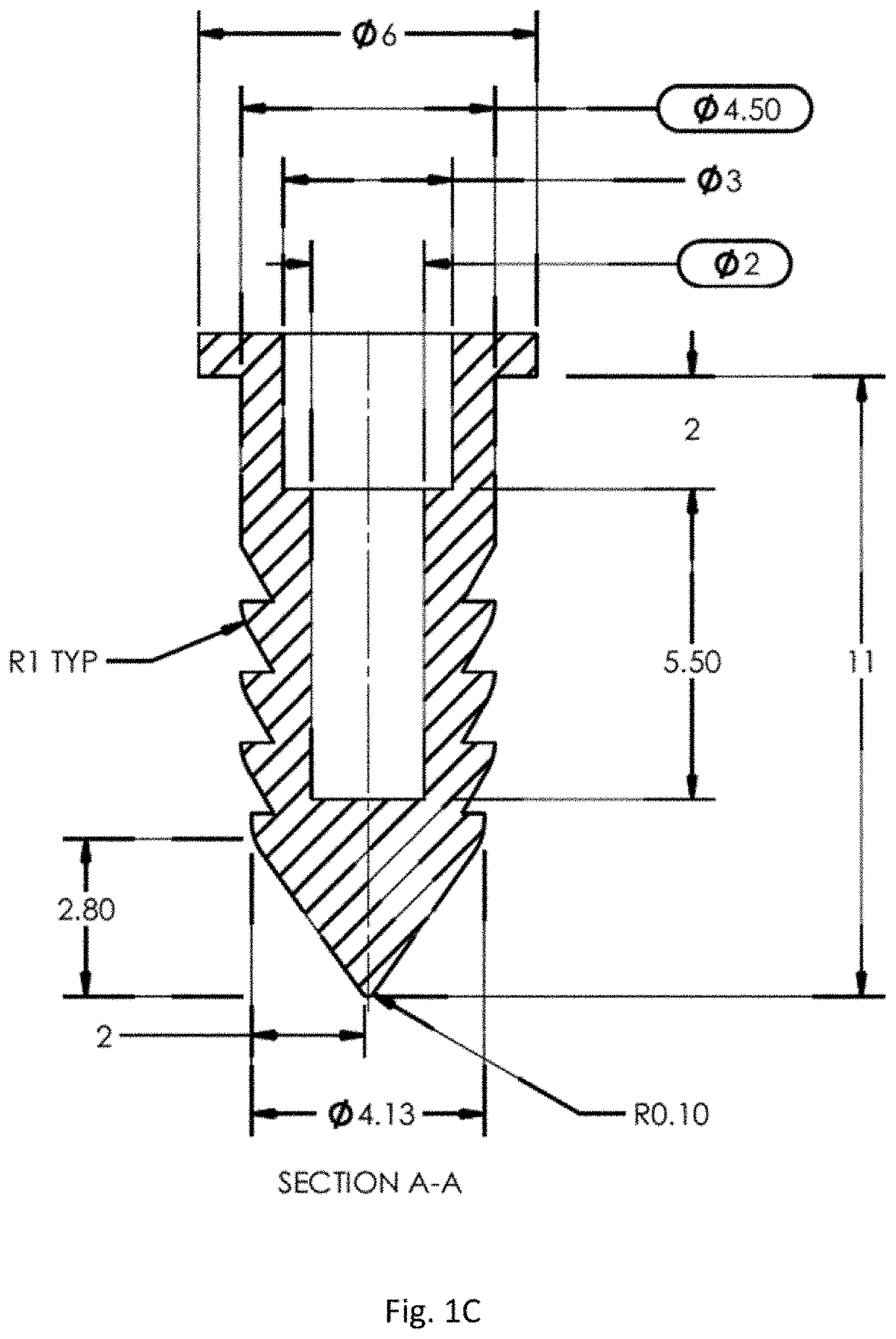Joint implant with constant and continuous release of therapeutic agent
a joint implant and therapeutic agent technology, applied in the field of joint implants with constant and continuous release of therapeutic agents, can solve the problems of arthritis, inflammation and pain in the articular joint, and has become a front-and-center issue throughout, and achieves the effects of pain, swelling, and further destruction of the join
- Summary
- Abstract
- Description
- Claims
- Application Information
AI Technical Summary
Benefits of technology
Problems solved by technology
Method used
Image
Examples
example
[0063]Six patients with severe osteoarthritis of the knee were recruited into a trial. All patients were candidates for total knee replacement surgery. In this 6-month trial patients received an intra-articular implant providing sustained release of Dexamethasone (5 mg). Efficacy was determined by comparison of pain scores as shown in Table 1 (obtained by questionnaire completed pre-op and twice each week for 6 months) and changes in quality of life (assessed by KOOS-JR obtained pre-operatively and at weeks 1, 2, 4, 8, 12, and 24). Blood samples were periodically taken to measure systemic exposure. After completion of the study, patients were followed for up to an additional 18 months where possible (24 months total). In Table 1, “strict” is defined as having greater than a 2 point pain reduction and greater than 50% pain reduction (FDA).
TABLE 1Pain Efficacy“Strict” Responders via PainWk 4Wk 8Wk 12Wk 24IND12425667%100%100%100%
[0064]The low dose implants were highly effective in this...
PUM
| Property | Measurement | Unit |
|---|---|---|
| length | aaaaa | aaaaa |
| depth | aaaaa | aaaaa |
| diameter | aaaaa | aaaaa |
Abstract
Description
Claims
Application Information
 Login to view more
Login to view more - R&D Engineer
- R&D Manager
- IP Professional
- Industry Leading Data Capabilities
- Powerful AI technology
- Patent DNA Extraction
Browse by: Latest US Patents, China's latest patents, Technical Efficacy Thesaurus, Application Domain, Technology Topic.
© 2024 PatSnap. All rights reserved.Legal|Privacy policy|Modern Slavery Act Transparency Statement|Sitemap



